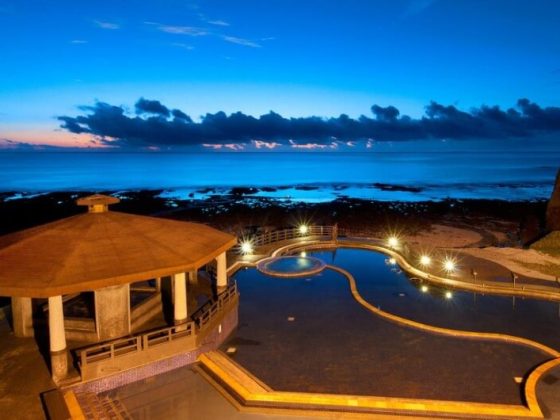Words By Rick Charette
The tiny Matsu Islands are a world unto themselves. They lie far to the northwest of Taiwan proper, just off China’s Fujian province. Staring into the mouth of Fujian’s mighty Min River, the great city of Fuzhou sits close upstream. Matsu’s islands are rugged, hilly outcrops of granite with little flat land; until recent times most material bounty has come from the sea. Traditional culture in the rest of Taiwan is connected to south Fujian, but these islands lie off east Fujian. Meaning different cultural customs, different local dialect, different residential and temple architecture, different cuisine.
So, for a vacation from Taiwan without physically leaving Taiwan, point the nose of your craft toward its northernmost possessions. Those craft? There’s regular large-ship ferry service between mainland Taiwan’s Keelung City and ports in Nangan and Dongyin islands, and regular smaller-ferry service between Matsu’s islands. The two biggest islands are Beigan and Nangan, close together, where tourists spend most of their time. (You might also like: 7 Street Snacks to Try in Keelung)
Top Attractions in Mazu
– Nangan (南竿)
Under martial law for almost half a century during the PRC-ROC cold war period, the islands teem with military facilities, many now open to tourists. Nangan’s Beihai Tunnel (北海坑道) is among the most intriguing, a hidden port hewn from solid rock. Gouged out of a sheer cliff, the tunnels were created to fit 120 small-sized vessels. It was hacked out by conscripts armed with not much more than picks and willpower over three long years. Visitors can walk along the narrow waterside walkways long used by soldiers or take the informative guided boat tour (Chinese).
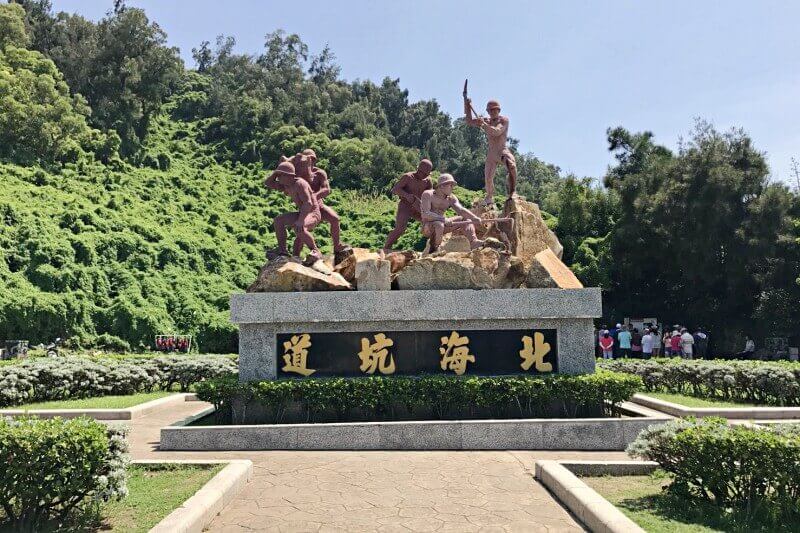
The islands are also home to numerous age-old fishing villages with sturdy residences built of granite blocks in the east Fujian style. These are being systematically fixed up, with government support, to open homestays, cafes, eateries and, now, cultural-creative ventures. On Nangan, Niujiao (牛角聚落) and Jinsha (津沙聚落) are especially attractive. Niujiao is also home to a fine representative example of the distinctive east Fujian temple architecture, Wulinggong Temple (五靈公廟). Overlooking the harbor, its bright orange-red exterior symbolizes flames. The idea is that fire demons can pass on by, for the structure is “already” aflame. As seen with many residences, exaggerated vertical eaves are used to block sparks from nearby fires.
On approaching Nangan’s main harbor by boat, the appealingly landscaped Zhenge Daidan Memorial Park (枕戈待旦紀念公園) is seen on a ridgetop to the right. It’s fame, however, comes from the characters “Zhenge Daidan/Sleeping on Spears, Awaiting the Dawn” displayed on a massive concrete wall, the characters clearly visible from the China mainland. Chiang Ching-kuo wrote them, to inspire the local troops and warn the enemy. On-site is a café/restaurant with a superb harbor view and a store with Matsu specialty goods.
⬇︎the Zhenge Daidan Memorial Park.
The old fishing village of Matsu, which has a main street lined with tourist-oriented shops, has two main tourist draws. Local lore says Matsu Tianhou Temple (馬祖天后宮) was built after the drowned mortal maiden who later became Mazu (Matsu), Goddess of the Sea, washed up here. Atop the hill overlooking the village is the Matsu Giant Statue (媽祖巨神像), the world’s largest statue of the goddess. Reached via a staired pathway leading up from the harbor, the lookout fronting the China-facing artwork offers a superlative panorama. (Read also: The Mazu Pilgrimage Experience)
⬇︎The Matsu Giant Statue is a spiritual spot for people in Mazu.
– Beigan (北竿)
The village of Qinbi (芹壁聚落) is among the best-preserved examples of traditional east Fujian architecture in Taiwan/China. The two-story residences are tiered to ensure universal sea views and breeze access. Note the heavy, bastion-like designs – thick granite walls, narrow windows, heavy doors, trap doors leading to second floors. Pirates were long rife.
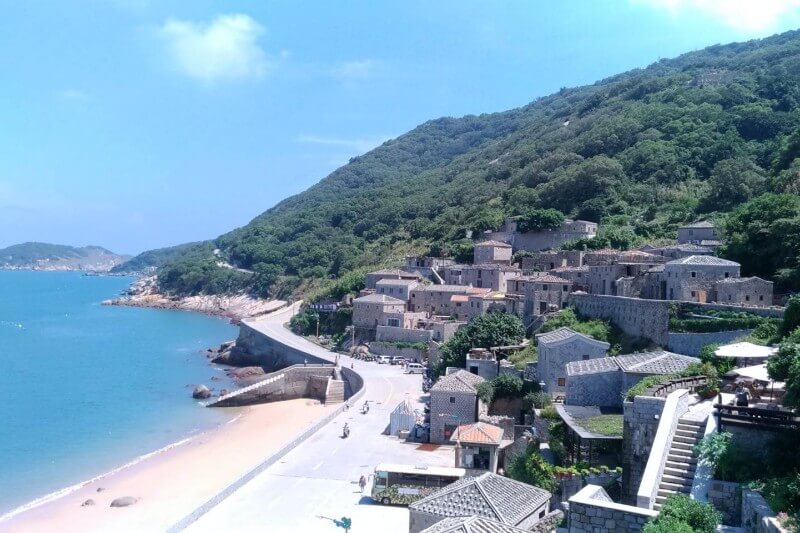
Especially tiny Daqiu Island (大坵島) was once home to a fishing village, then a military base, and now a flock of 200-plus Formosan Sika Deer. Their predecessors were brought to Matsu as part of a military meat-supply venture eventually abandoned. The deer now run free. The island is off Beigan’s north end; “daqiu” means “big hill,” and it is indeed just one big hill. There are regular ferries from both Nangan and Beigan, April~October, and off-season charters available.
⬇︎The island hopping trip in Mazu must include a visit to Daqiu Island, the home of hundred of wild Formosan Sika Deer.
Matsu Food & Drink – Of Taiwan But Not of Taiwan
Among the seafood catch you won’t find on tables elsewhere in Taiwan are Buddha Hand clams (佛手) and dancai mussels (淡菜). The clams, which do have the look of a human hand, are opened like sunflowers with the teeth. They are cooked with laojiu (老酒, see below). In Taiwan, only Matsu produces mussels. Sweet-tasting dancai, eaten cold, are marinated in a highly seasoned rice-wine sauce after cooking.
⬇︎When it comes to seafood, Buddha Hand clams with unique shapes are the must-try when visiting Mazu.
Two favorite Matsu take-home purchases are Kaoliang liquor (高粱, sorghum liquor) and laojiu (lit. “old wine), a rice wine. Kaoliang production was introduced by the military in the 1950s. Laojiu is a traditional medicinal spirit made with glutinous rice; private production remains common. The Nangan distillery (the other is on Dongyin) is at the top of the valley overlooking Niujiao village. Nearby is Tunnel 88 八八坑道, open to tourists, where Kaoliang is aged in large ceramic jars. The tunnel was originally used for tank storage. (You might also like: Taiwan’s Craft Beer Scene (Part One))
Another must-try is the fish noodles, made with fish-meat paste and potato starch. The delectable sweet yam dumplings (地瓜餃) have fillings of crushed peanuts and white sugar. And you’ll see hongzao (紅糟), or red-yeast rice, used as a seasoning in a variety of dishes. Hongzao are the dregs remaining from laojiu production. East Fujian folk have long made their own laojiu, and hongzao is also sourced from Matsu’s distilleries. Especially satisfying are the hongzao fried rice, fried pork, and fried sea eel.
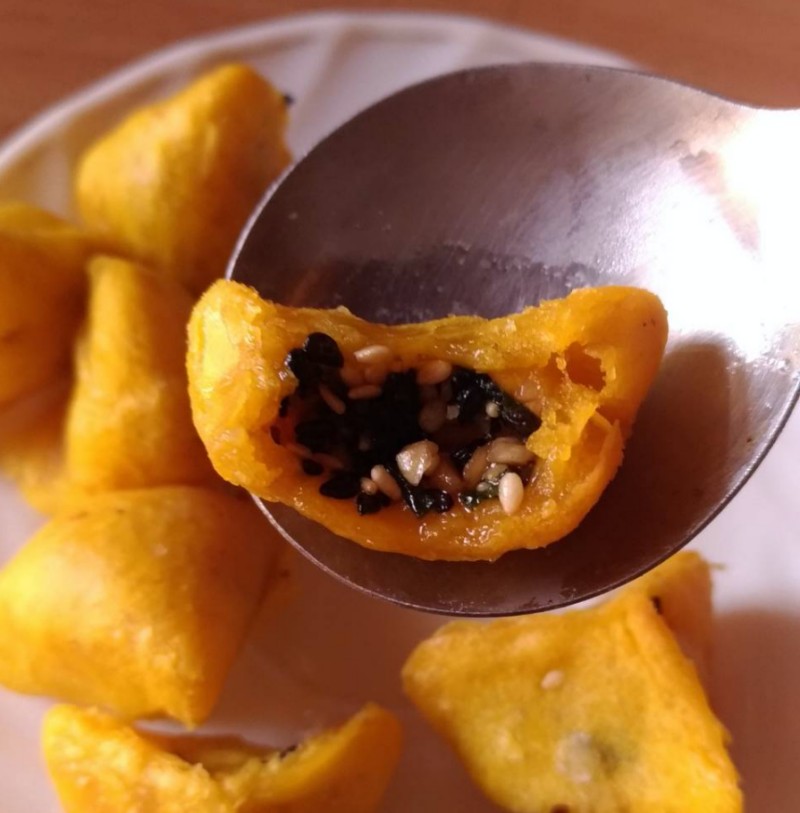
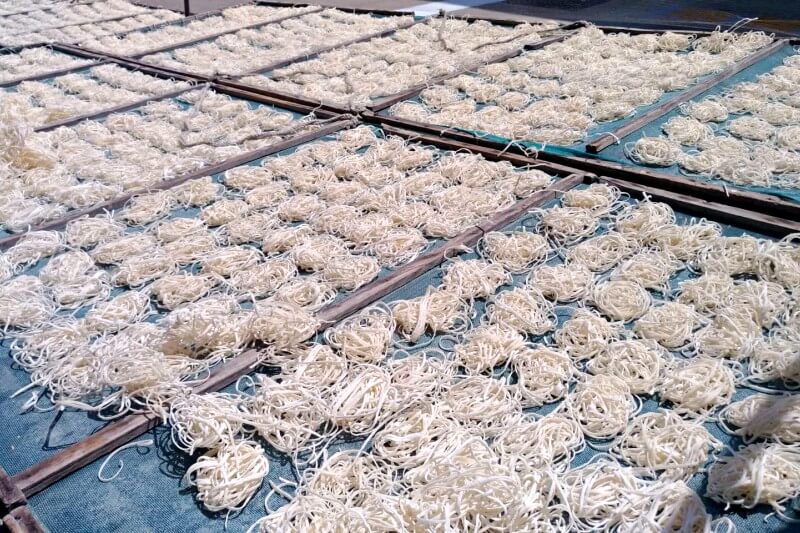
The Matsu Islands “Blue Tears” Phenomenon
The islands’ coastal waters, especially in deeper inlets, at times come alive at night with a bioluminescent glow dubbed the “Blue Tears” phenomenon. This is caused by a type of algae, dinoflagellates, that sparkle blue when waters are disturbed by wave or other motion. On Beigan, special coastal boat tours and Beigan Tunnel rowboat outings are offered.
⬇︎Note there is recent dispute about whether the phenomenon is intensified by pollution.
Intrigued by the thought of leaving Taiwan for a bit without leaving Taiwan? Visit here first: www.matsu-nsa.gov.tw / www.matsu.gov.tw.


